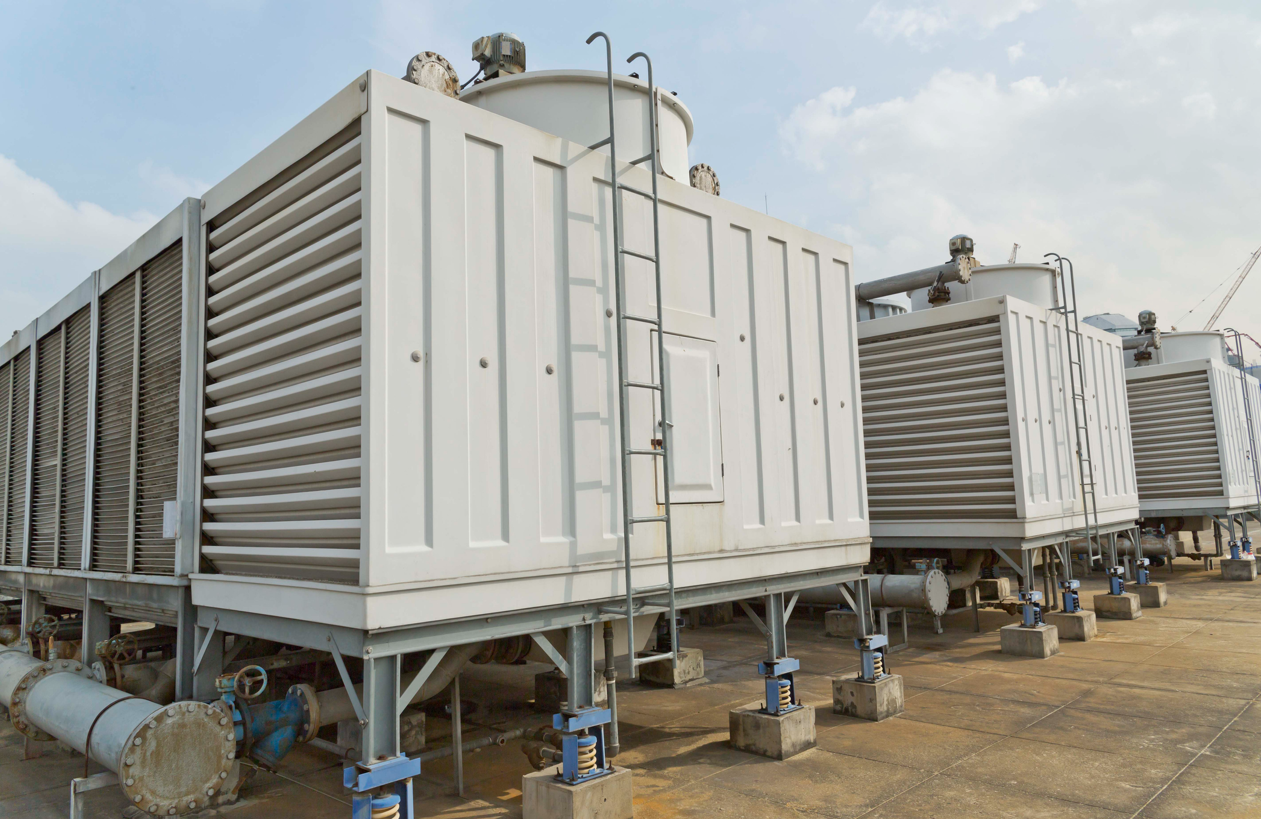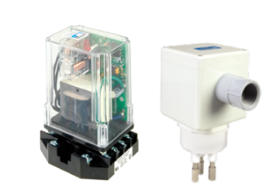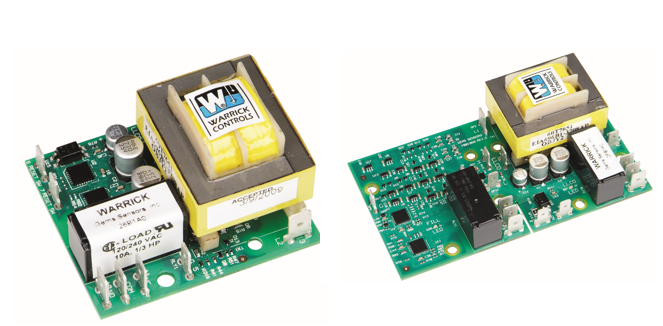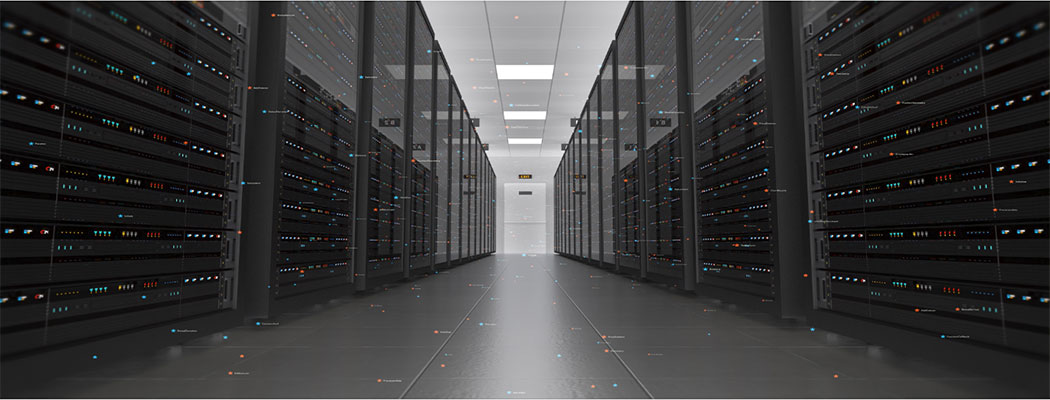
Boilers and HVAC
The selection process for incorporating electronic controls into a boiler system can be daunting and can vary depending on the application. For the simplest of applications, a basic safety relay may be all that is needed. For more complex applications,
feature rich controllers that can assist the end user in troubleshooting the heating system are a necessity. No matter what your application, specifying and designing in a controller that meets local and federal regulations is a must. Gems Sensors, manufacturer of the industry respected Warrick Line of boiler control systems, developed this article to help those within the boiler industry understand the codes that cover boiler safety controls.
The days of temperamental
boiler control systems have all but passed. Nation-wide adoption of safe installation practices, regular maintenance and technological advancements are edging boilers into the category of set it – forget it. This is not to say that accidents
have been wholly eliminated. They do still occur, but fortunately the introduction of critical operational and safety controls has significantly lowered the frequency.
Applications Include:
- Boilers
- Commercial Refrigeration
- Cooling Towers
- Mobile Refrigeration Units
- Server Farm Cooling
Featured
Articles
Featured
Products
Featured
Resources
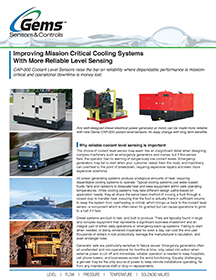
Improving Mission Critical Cooling Systems with More Reliable Level Sensing
The choice of coolant level sensor may seem like an insignificant detail when designing complex machinery such as emergency generators and cranes, but if this sensor fails, the operator has no warning of dangerously low coolant levels. Emergency...
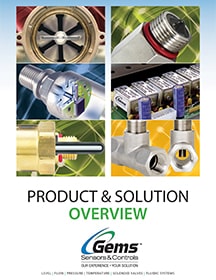
Product Overview Brochure
See how Gems Sensors and Controls collaborates with customers to deliver value-added solutions beyond catalog parts.
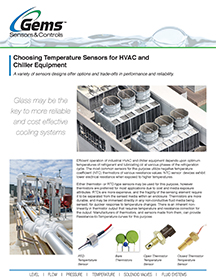
Choosing Temperature Sensors for HVAC and Chiller Equipment
Efficient operation of industrial HVAC and chiller equipment depends upon optimum temperatures of refrigerant and lubricating oil at various phases of the refrigeration cycle. The most common sensors for this purpose utilize negative temperature...
 SEARCH OUR RESOURCE CENTER
SEARCH OUR RESOURCE CENTER

